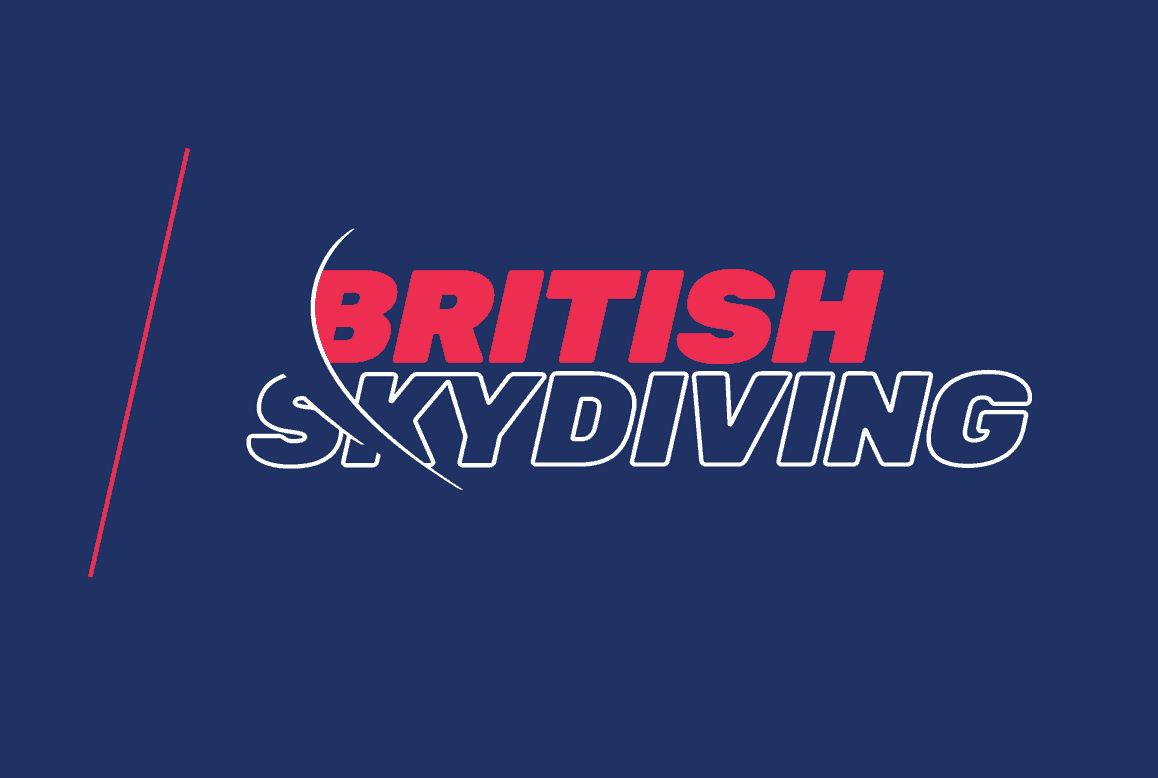Among the many functions performed by British Skydiving (regulation, safety-audits, national and international competition co-ordination, instructor training, legal and insurance issues – to name but a few) one function, which tends to remain in the background but is equally important, is the management of the relationship between the Association and other important external agencies such as government departments, other sports aviation governing bodies, the National Air Traffic Service (NATS), the European Aviation Safety Agency (EASA) and the Civil Aviation Authority (CAA), all of whom have a measure of influence or power over the way in which we conduct skydiving activity.
The most directly influential of these is the CAA which has the legal power under the Air Navigation Order to permit or restrict all forms of civilian skydiving (from aircraft) in the UK. Within the regulatory framework which results from this, there are many background issues which have to be dealt with by British Skydiving. Many of these are relatively minor or repetitive, a few examples of which are:
- Involvement on behalf of drop zones with Airspace Change Process issues, where such issues threaten skydiving operations; which is becoming an increasingly troublesome problem.
- Representations to the Air Accident Investigation Board and the Airprox Board over matters of misinformation which are damaging to Parachute Training Organisations (PTOs) or skydiving generally.
- Assisting with applications to establish new drop zones, which these days has become a complex process.
- Fighting (successfully) an attempt by airport security to ban parachute rigs with AADs from carriage on airlines.
- Periodic negotiation of the British Skydiving Letter of Agreement with NATS which permits parachute displays to take place in controlled airspace.
- Assisting with the development of the NATS Airspace User Portal to enable easier display notification.
- Defending complaints to the CAA regarding noise or other aspects of skydiving operations on behalf of PTOs.
- Representing British Skydiving on various aviation committees including General Aviation Partnership, National Air Traffic Management Committee, General Aviation Safety Committee, General Aviation Alliance, the International Skydiving Commission and the Royal Aero Club; all of which have a strong input into the way recreational aviation is governed and conducted.
- Negotiating the insurance charges which enable members to hold public liability insurance cover at a level (£10m) which is not exceeded by any other nation.
- Assisting the British Skydiving lawyers to defend claims made against members and PTOs.
- Extensive involvement in the wording of CAA document CAP 660 (which was based on the original BPA Operations Manual) and its subsequent re-writes, to ensure that it does not impose additional burden on PTOs.
- Recent representation to the CAA on behalf of PTOs regarding attempts to limit foreign registered aircraft operating permits for skydiving aircraft.
At another level, this background work extends to much bigger issues which have, from time to time, threatened to greatly restrict skydiving activity in the UK. Examples of these threats are:
-
- Attempts by the Health and Safety Executive (HSE) to exercise control over parachute equipment standards and to investigate skydiving incidents and accidents; a move which finally resulted in negotiating a memorandum of understanding whereby the HSE relinquished their position and acknowledged the expertise of British Skydiving (then BPA) and the CAA in matters of skydiving regulation.
- Successful opposition to a subsequent proposal from within the CAA to deregulate skydiving, which would have effectively handed regulation over to the HSE.
- An attempt by some other General Aviation organisations to make all Drop Zones have a full Air Traffic Control service available at all times; a move which would have been financially impossible for most PTOs. This move was defeated by British Skydiving who negotiated the ATSU notification scheme (currently in use) as a simpler cost-free alternative.
- Repeated moves from within the CAA and AAIB to mandate CPL licences for all skydiving activity, meaning that PPLs would not be allowed to drop skydivers for NCO operations. These attempts have been successfully opposed when British Skydiving has challenged the evidential basis for the proposals.
The two biggest long term challenges for British Skydiving, in terms of moulding the regulatory framework within which we operate, have been in obtaining CAA Approval status and influencing the structure and outcome of the EASA regulations that affected skydiving when they came into being:
-
- Acquiring a CAA Approval to perform regulatory tasks was a major step in reducing the exorbitant charges which the CAA proposed to levy on the Association for carrying out its regulatory functions over us. This took extended negotiations over several years and involved our writing an acceptable Exposition which detailed our procedures and accountability. When the Approval was granted, it enabled British Skydiving to take over some of the administrative tasks previously undertaken by the CAA and thereby reduce the CAA charges by some 75%.
- When the new EASA regulations started to come into force in 2008 there commenced a long process of interaction with their rule making process. There was a complicated system of rule making proposals which required input by affected bodies and justification for any alleviation’s within the rule making process. The original document submitted to us for appraisal was over 1500 pages long. Without our input the effect on skydiving would have been immense and wholly detrimental. For instance, skydivers would have been required to be strapped into seats on every flight. Jumpmasters would not have been permitted to approach an open door without wearing restraints. Skydivers would not have been permitted above 13,000 feet without oxygen. Display skydiving would have been all but impossible.
- All of these (and many other) onerous requirements were overcome by British Skydiving’s total engagement with the complicated EASA rule making process, and whereas we may still find EASA rules burdensome, they would have made life for skydivers virtually impossible otherwise. The remarkable fact to arise from this is, that when this engagement took place with EASA, British Skydiving was the only European national skydiving association to involve itself with the process. It can, therefore, take sole credit for shaping the alleviation’s to rules that would otherwise have crippled skydiving throughout Europe.
The above is just a snapshot of the background issues which, for the most part, are too complex or just not interesting enough to merit much attention on the website or in the mag, but which are a very necessary part of British Skydiving’s work with outside agencies. The work is ongoing and as each issue is dealt with another always crops up to replace it.


